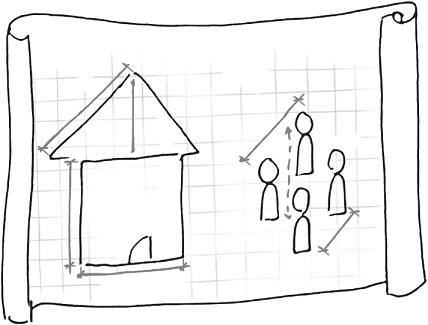CHAPTER 4How to RAMP Up Your Virtual Team's Performance: A Blueprint for Success
The previous chapter introduced the RAMP model of virtual team effectiveness. This chapter provides practical tips and guidelines to bring this to life with your virtual team.

Before we dive in, let's share a quick case study of how the RAMP model can be used to accelerate virtual team performance. We worked with a senior executive of a global professional services firm who had realized that several of their virtual teams were having significant performance issues. Most team members were new to virtual work. We conducted live interviews and a survey to gather feedback on what was working well – and what wasn't – among the four RAMP dimensions. We found the greatest weaknesses in Motivation and Processes: the leaders were not effectively inspiring their teams, nor were they well-organized to problem-solve or make decisions. They made up for those weaknesses by being strong in Relationships and Accountability. The team members were well-networked, solution-oriented, and enjoyed working together, so we tried to elevate the other dimensions to bring the team toward success. The leaders and team members had the rapport needed, so we put the leaders through targeted skill-building training on how to set a common purpose and goal for their groups. With clearer objectives, including both specific metrics ...
Get Leading at a Distance now with the O’Reilly learning platform.
O’Reilly members experience books, live events, courses curated by job role, and more from O’Reilly and nearly 200 top publishers.

